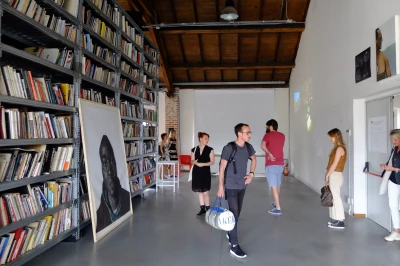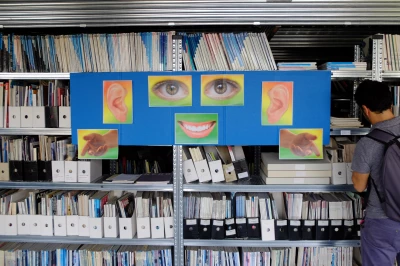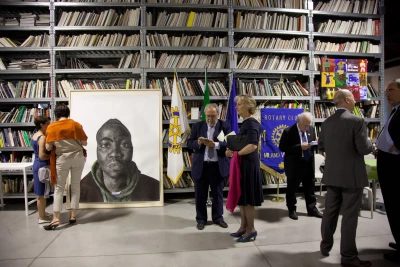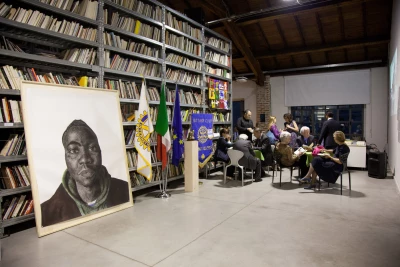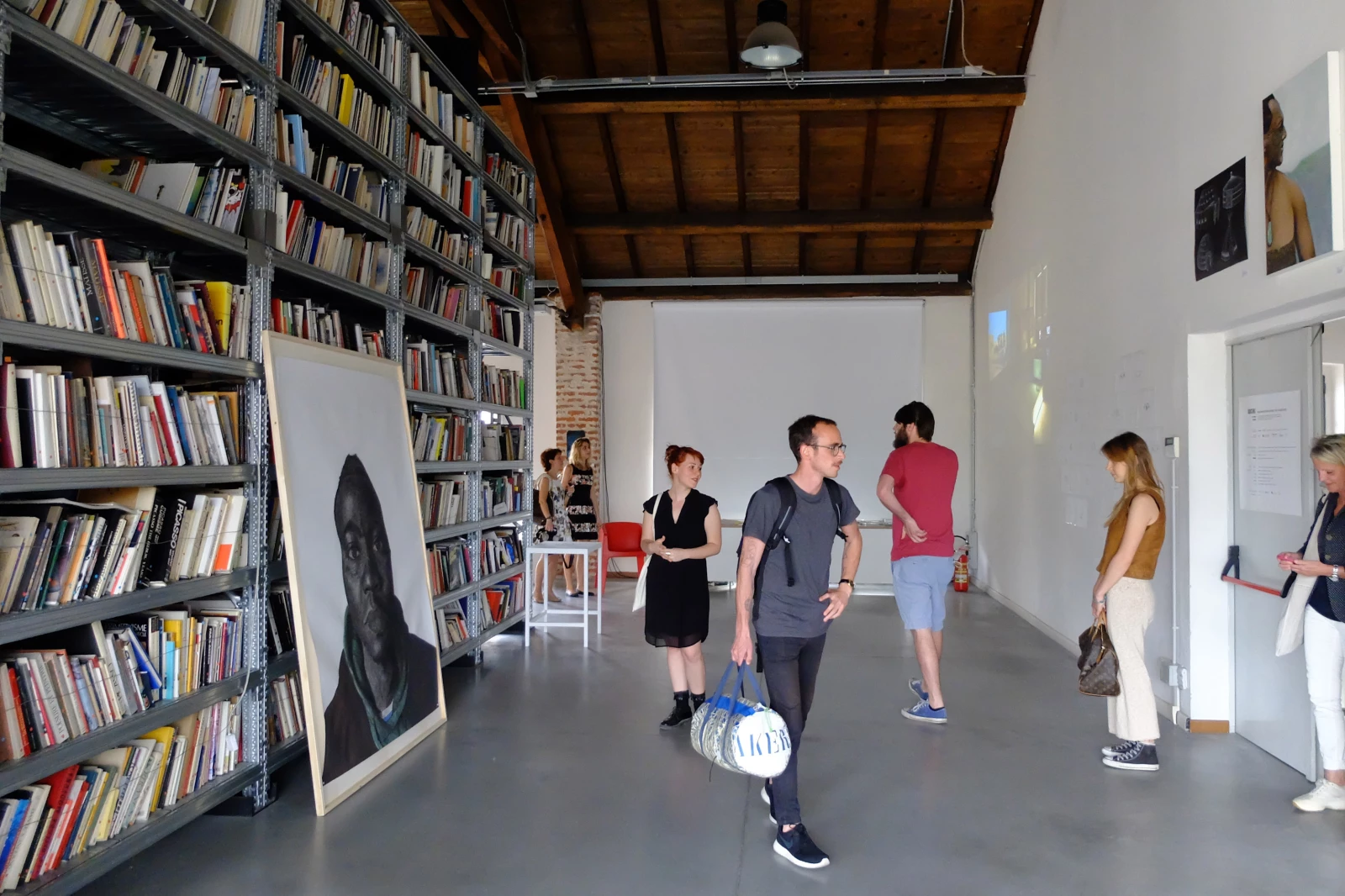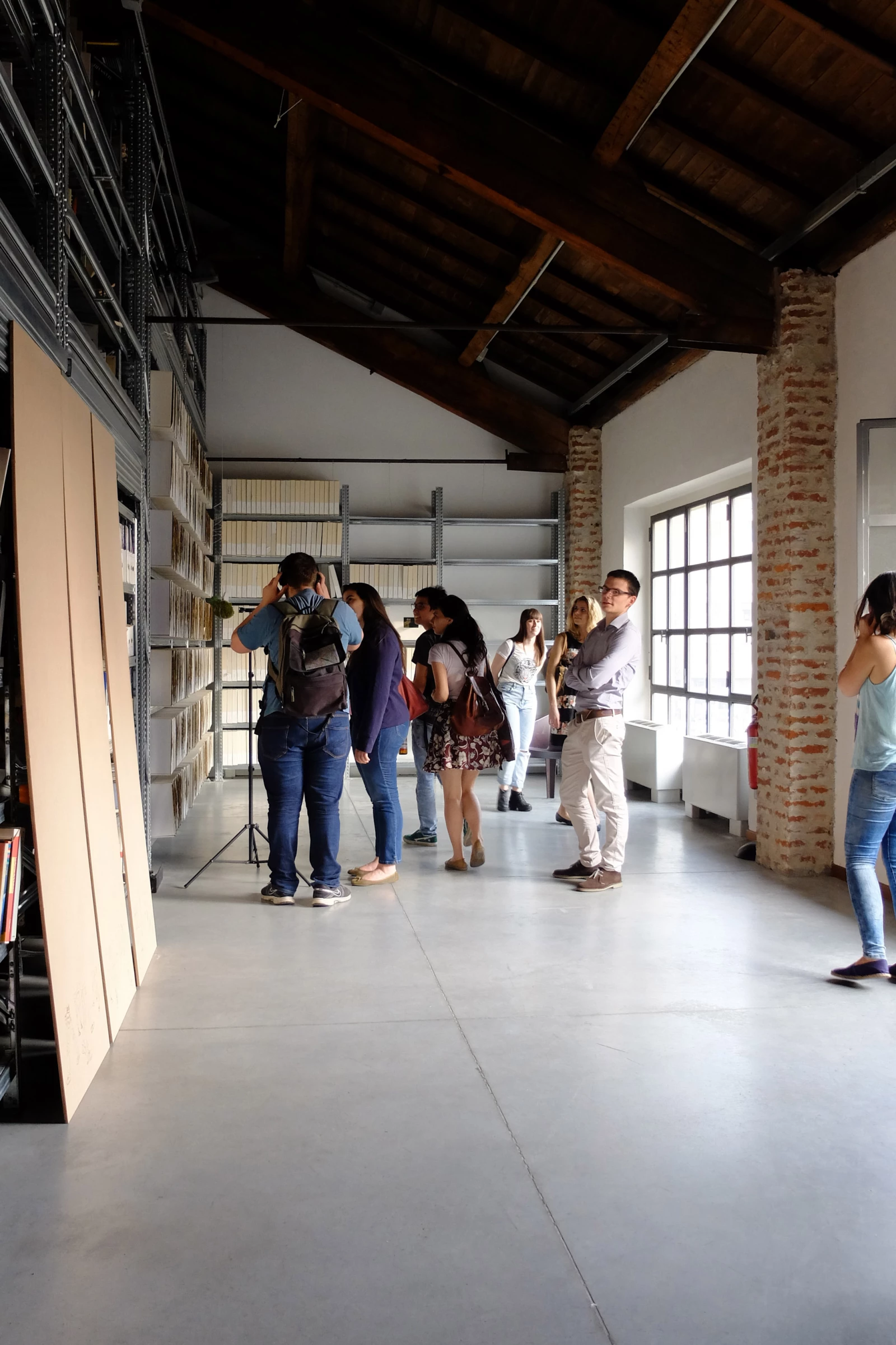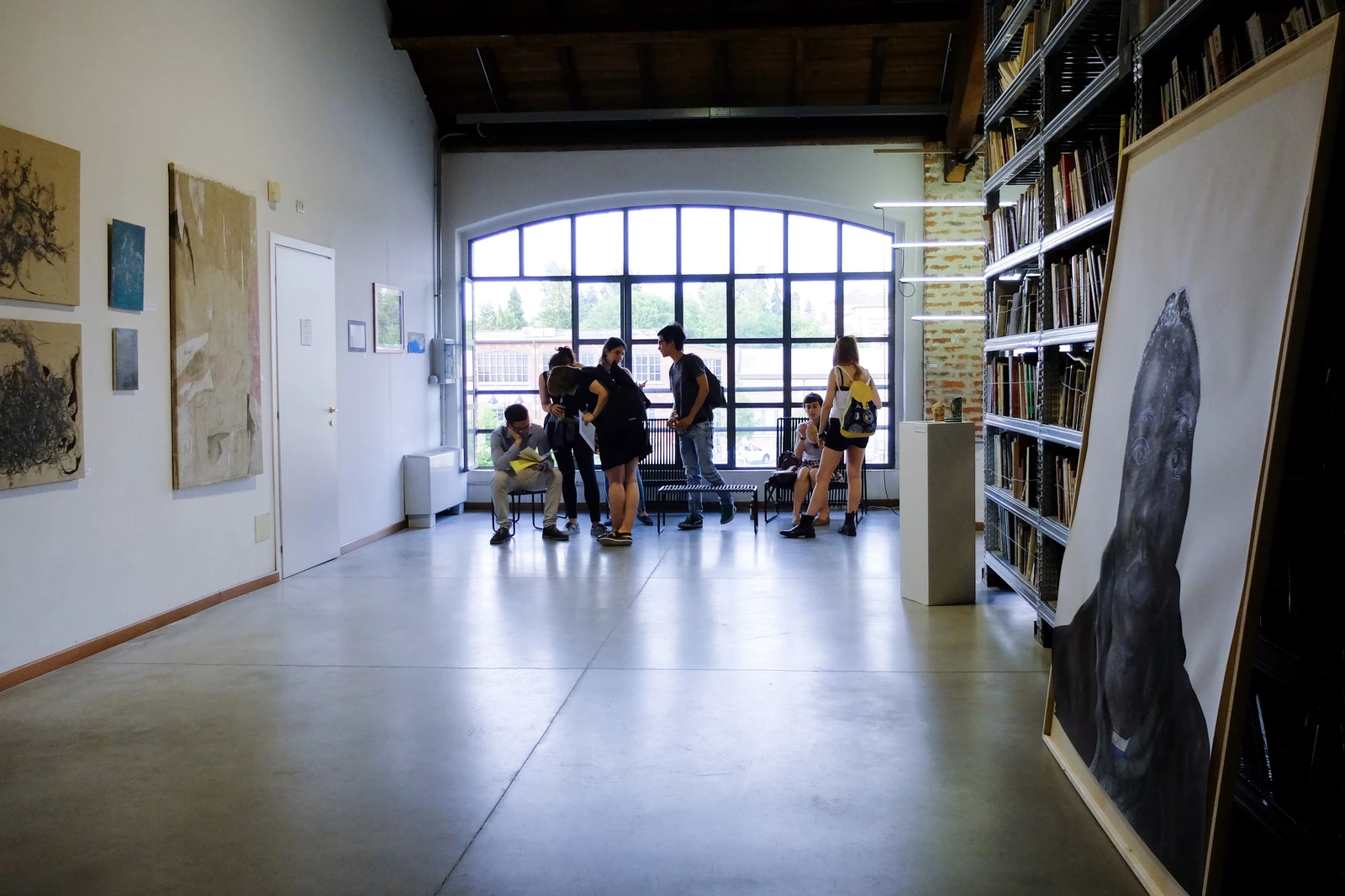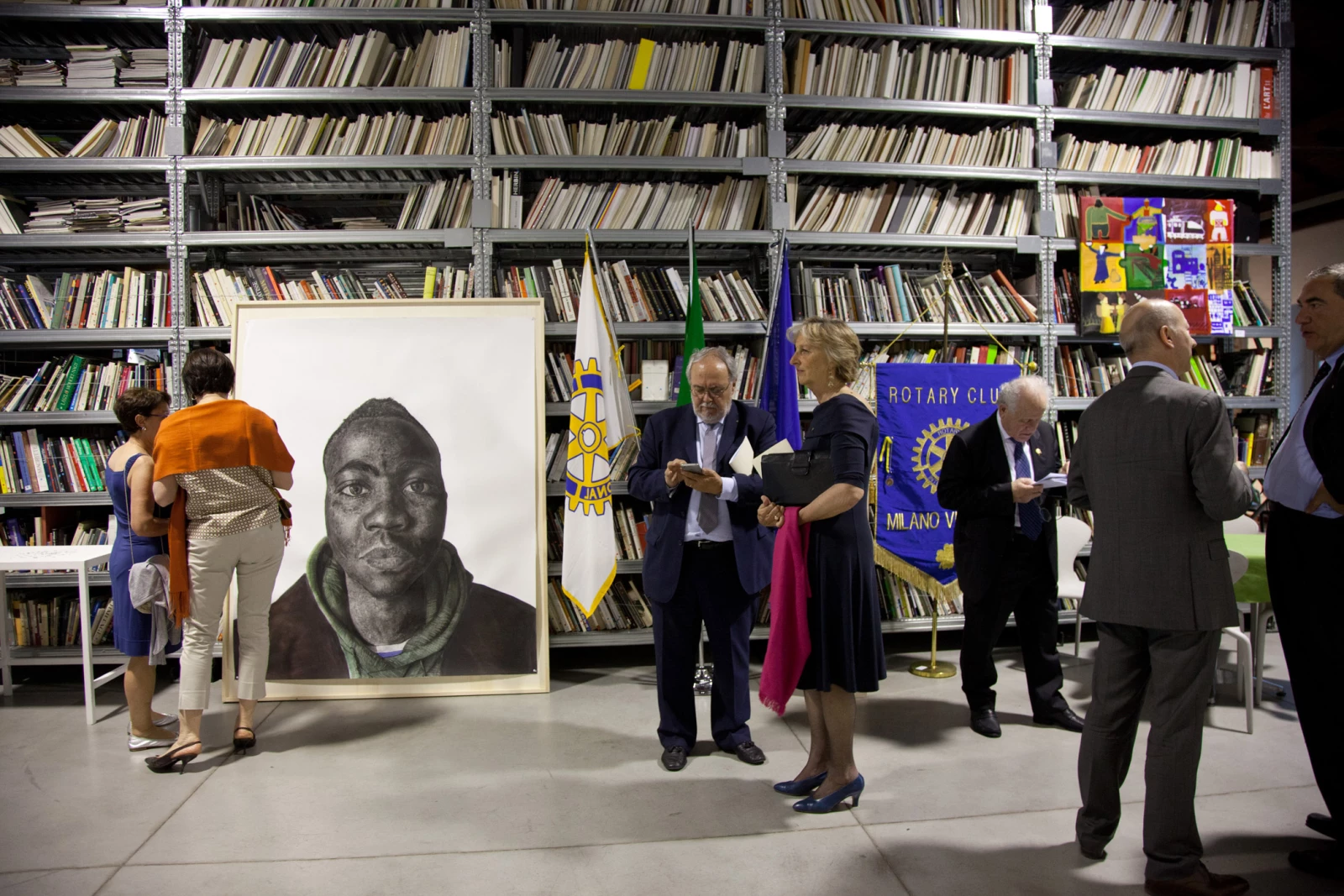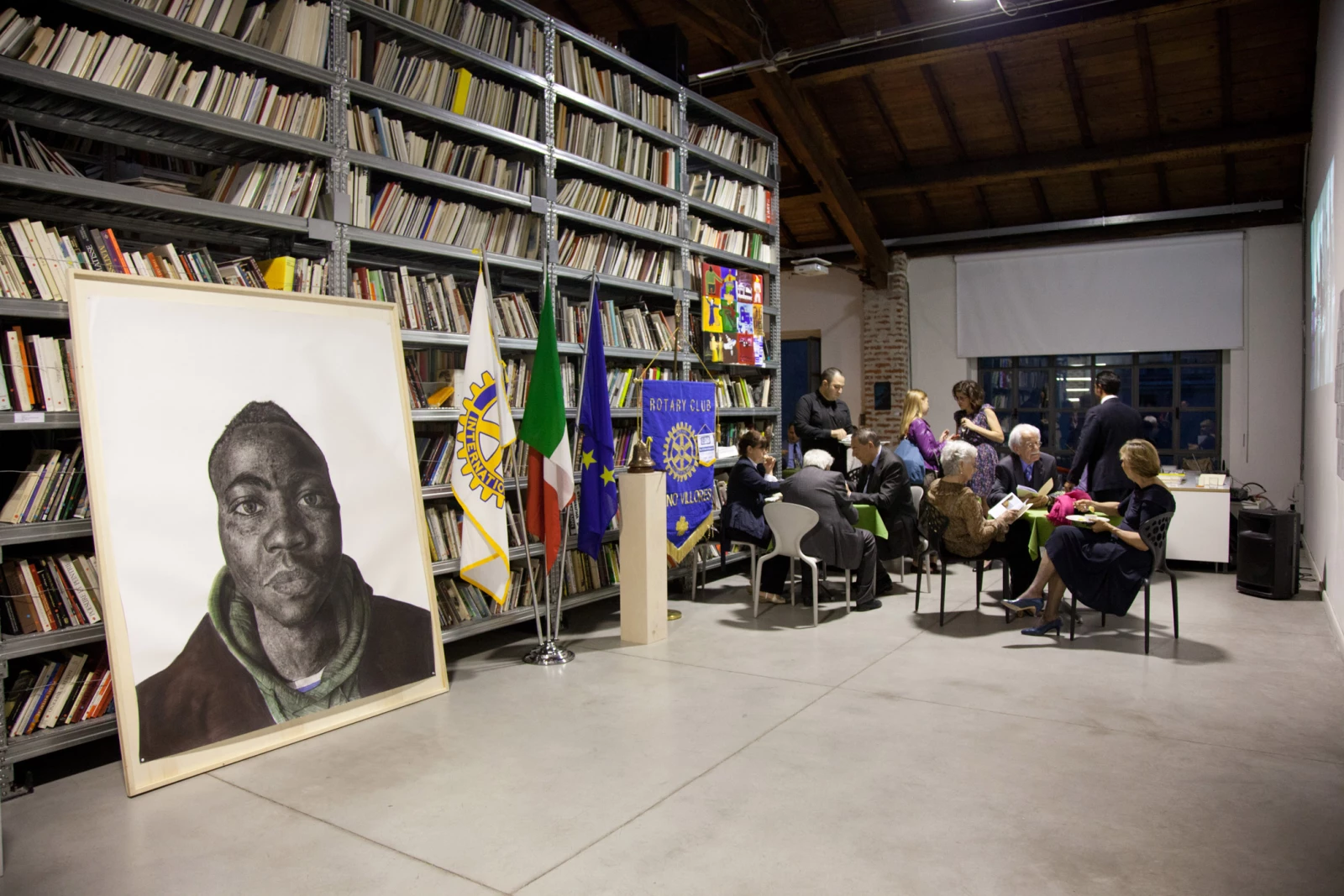Premio Ricas - 16° edizione
From 12.05.2015 to 14.05.2015
Project promoted by Rotary Club Milano Villoresi and Rotaract Milano Sforza
Certainly, his figure remained vividly impressed on those who met him, tall in stature and spirit, with an indelible smile that naturally and serenely invited communication. In short, he spoke of good and beautiful things. His youthful restlessness appeared alongside the first and second futurists, in his early works with color and forms of strong expressive intensity. Then came another restlessness, more mature, eager to express itself with a non-trivial language (the “Europeo” by de Benedetti and the “Mondo” by Pannunzio).
Riccardo Ricas Castagnedi (where RI CAS stands for the beginning of RIccardo+CAstagnedi) was this and much more: a testimony of the highest level of expertise where art and life happily coexist. To us, he suggests a sure message of life and vitality, an effective communicative stimulus, regardless of the number of springs lived.
Ugo Gatta
Governor Rotary District 2041
Rotary Year 2014-2015
Careof is happy to host the sixteenth edition of the Premio Ricas, promoted by Rotary Club Milano Villoresi and Rotaract Milano Sforza with the goal of supporting and promoting young talents and creativity. The aim of the call, dedicated to artists under 24, is to create a moment of comparison, exchange, and visibility, offering them opportunities for personal and professional growth.
Selected artists: Costanza Aliverti Piuri, Mariaceleste Arena, Martina Bressanutti, Elena Chiesi, Marika Cirillo, Dhan Fabbri Adhikary, Ettore Franchi, Luana Grato, Anna Maria Grundmann, Claudia Mandelli, Davide Masotto, Cecilia Meroni, Francesco Mori, Filippo Pennese, Luca Pennetta, Luca Petti, Michele Pili, Marco Pinna, Sergio Piyadi, Camilla Riscassi, Valentino Russo, Giacomo Segantin, Michele Zani.
The Jury of Premio Ricas 2015 is happy to award:
Michele Zani, with the work Educare il mondo al mondo for the intensity with which he was able to interpret the theme of the call. The viewer, approaching the work, imagines being able to immerse themselves in the listening of sounds coming from the Kokedama; with surprise, they instead discover that the work is a device that allows the perception of the space in which it is situated. They find themselves listening to themselves and to the other people present around them. They become aware of the place and the context in which they are: a awakening, an invitation to act.
Francesco Mori with the work Johny. A close-up captures our attention: the gaze of the portrayed subject, a friend of the artist, demands a complete unveiling of emotions and identity. A simple, true, non-judging or probing gaze. Johnny not only looks at us, but is himself looked at. A face that is a geography of signs and details, an invitation to travel, experienced not only on paper, but backwards, to imagine and discover where this man comes from.
A special mention goes to the work The Listener by Camilla Riscassi: with simplicity and poetic strength, the work proposes a reflection on identity, complex and fragmented on one side, and its negation on the other; moreover, the implicit invitation to compose and recompose the work at the viewer’s discretion makes the latter an integral and essential part not only of the form but also of the overall meaning of the work.
A second special mention goes to Senza Titolo (S. Zeno) by Giacomo Segantin, primarily for the formal research and technical quality, and equally important is the work’s inherent ability to attract and invite the viewer to reflect on the environments and space we live in daily.
